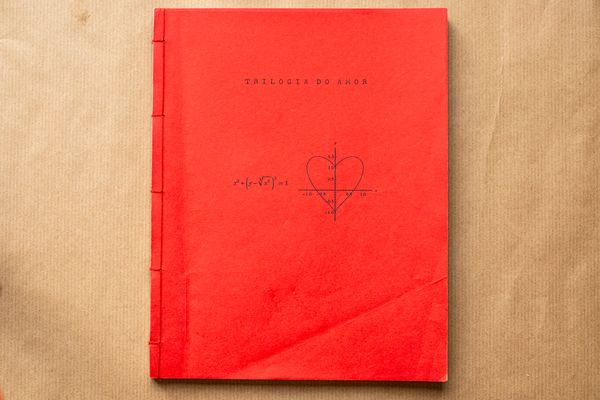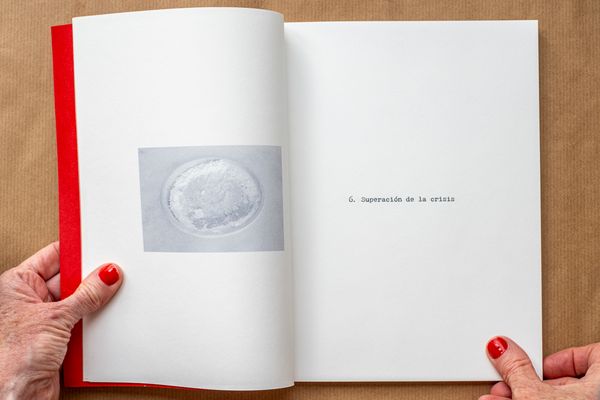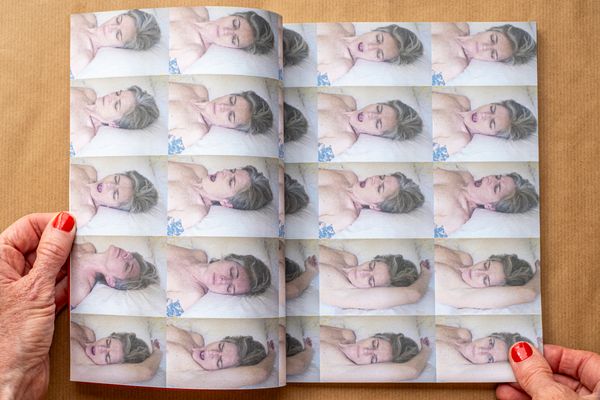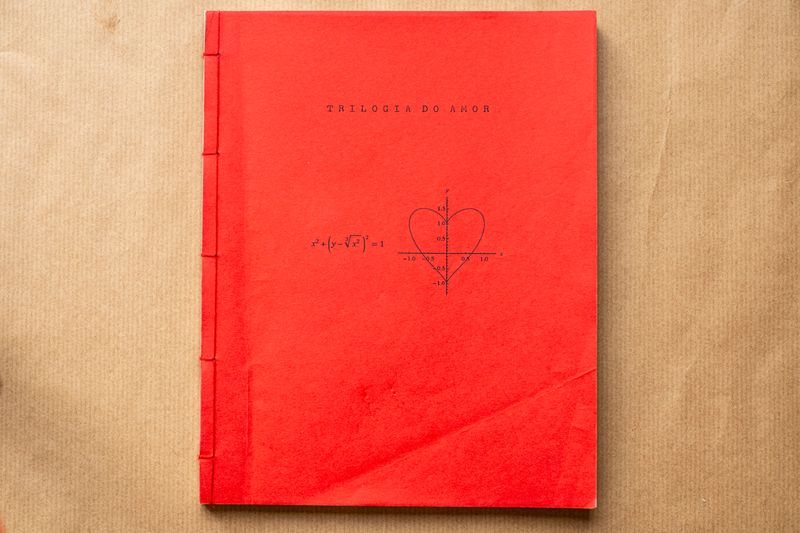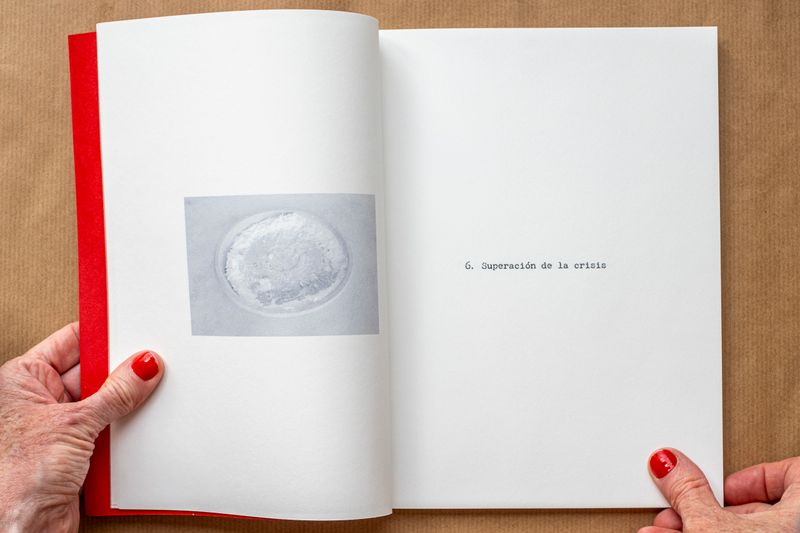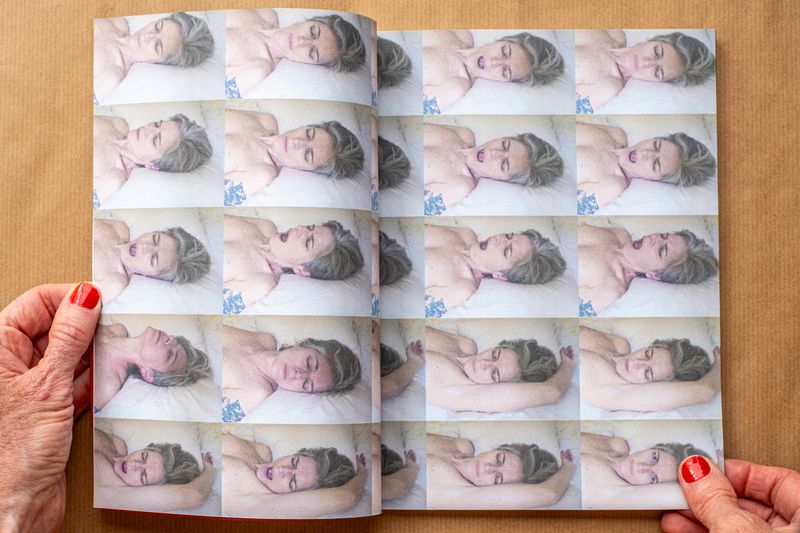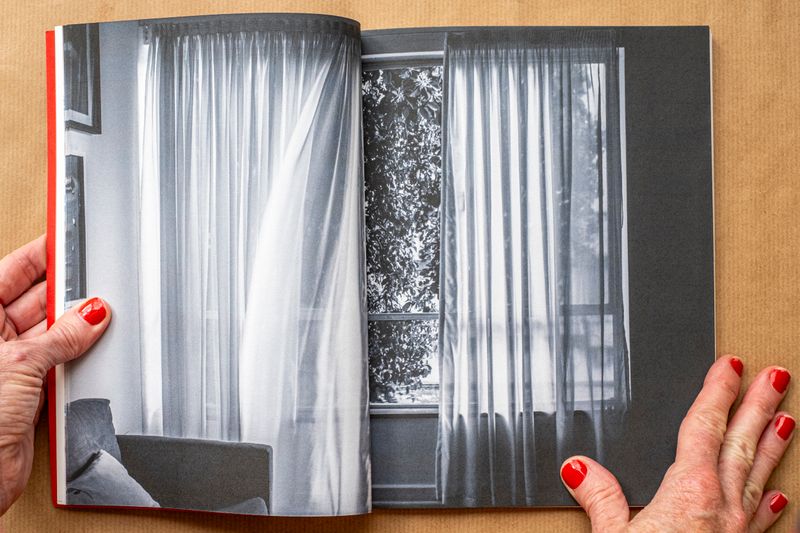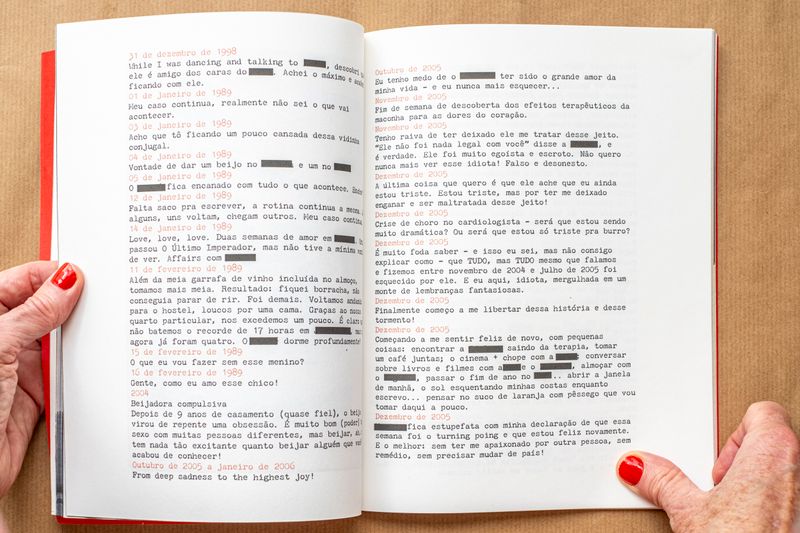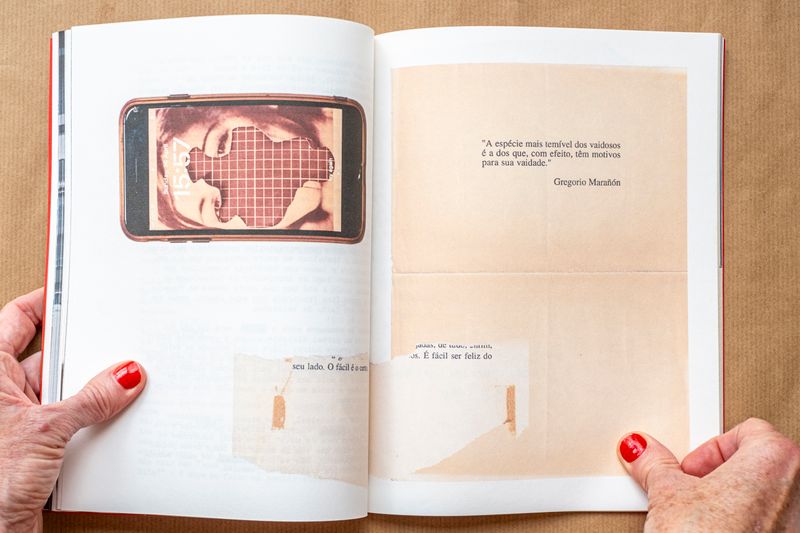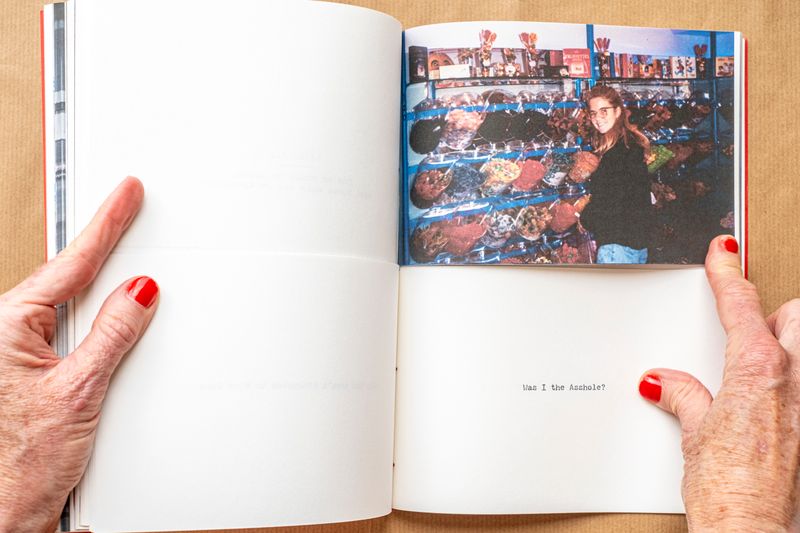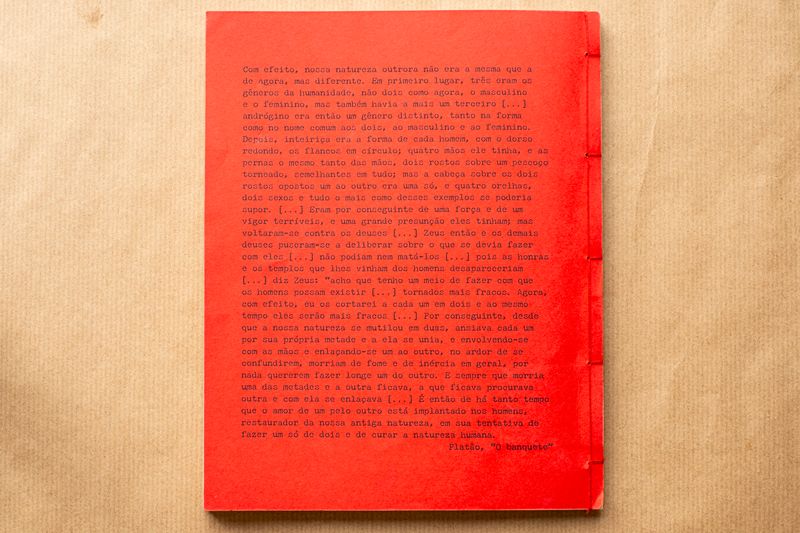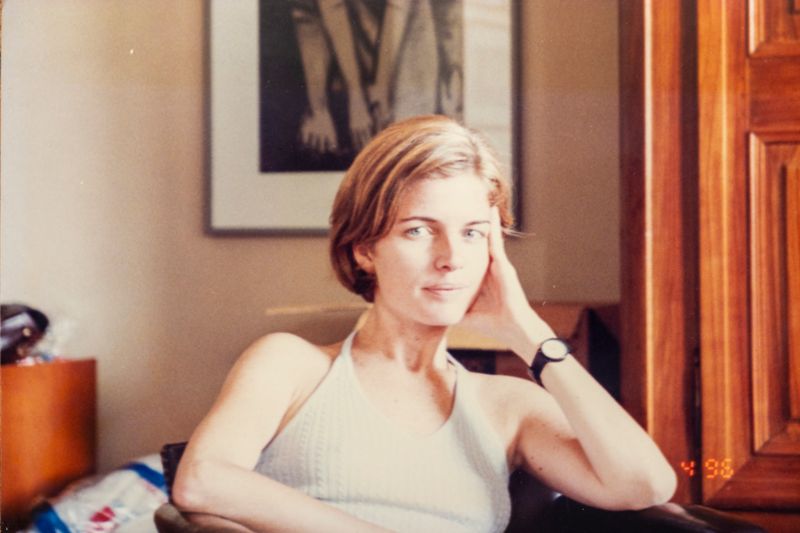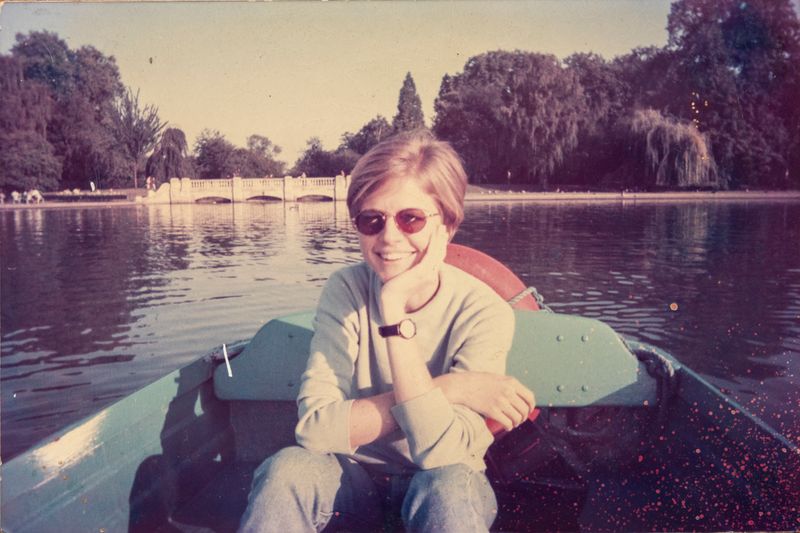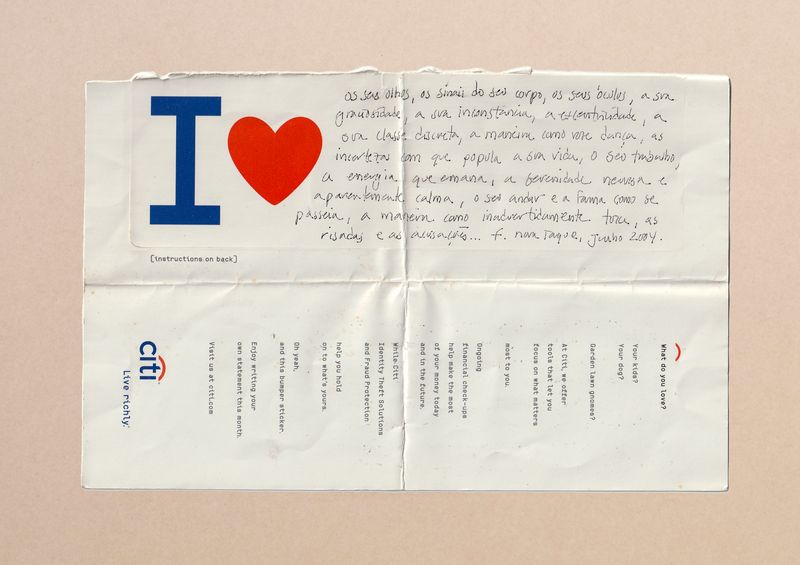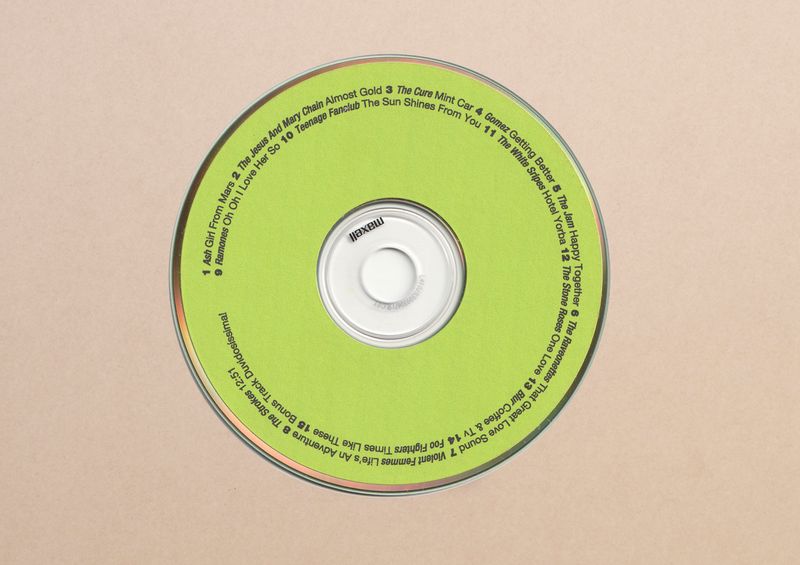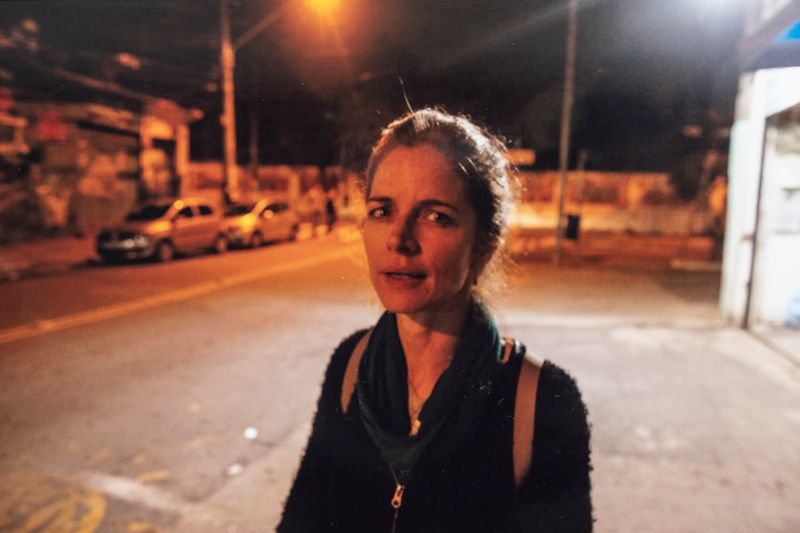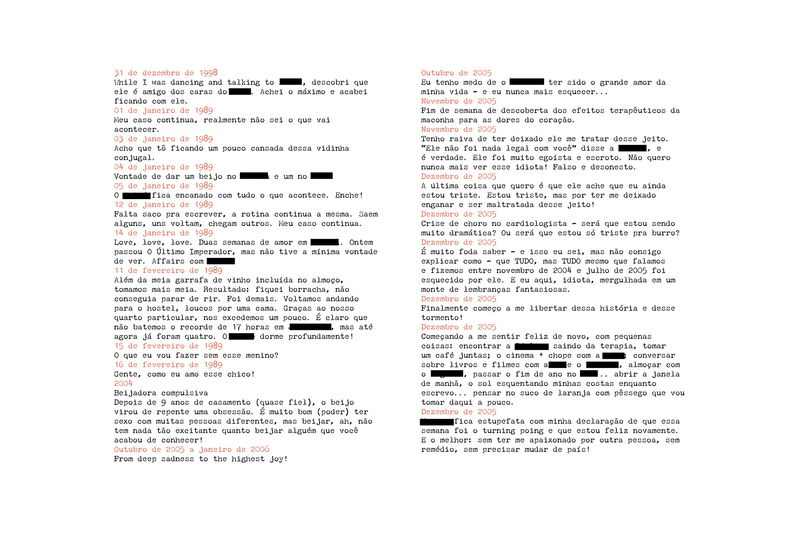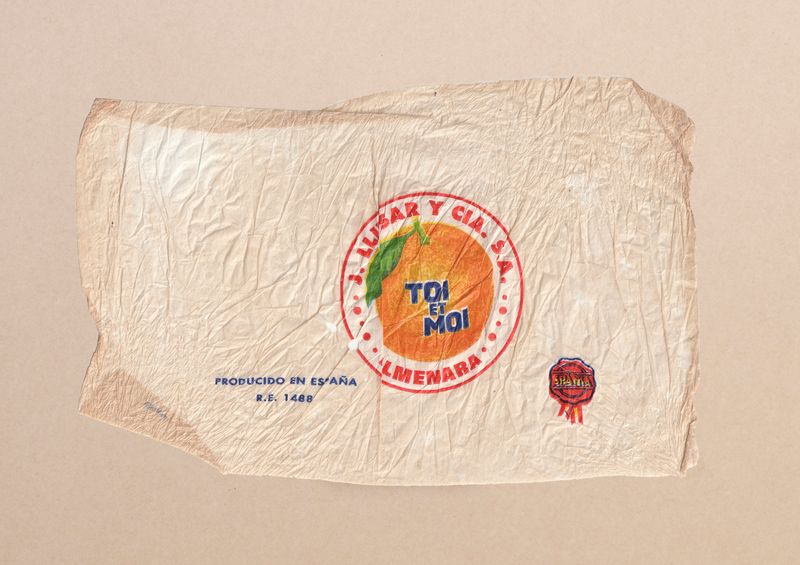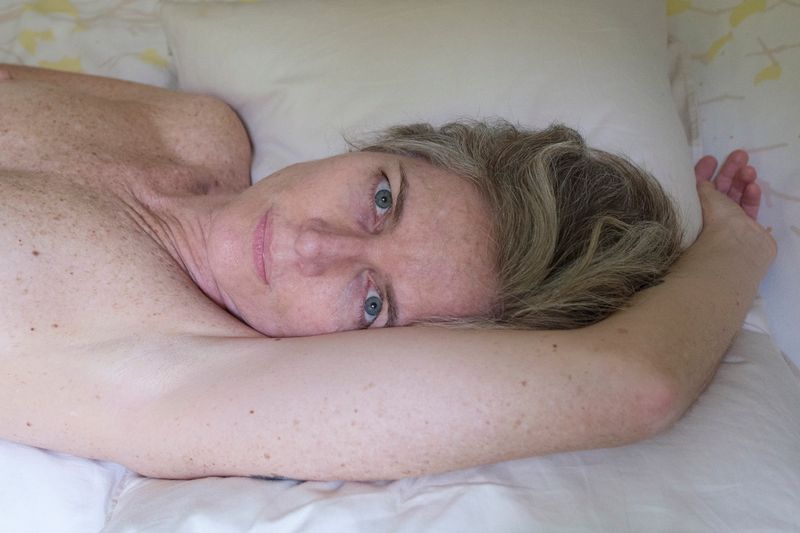Trilogia do Amor
-
Dates2023 - Ongoing
-
Author
- Location São Paulo, Brazil
“Trilogia do Amor” explores romantic love from a female perspective through personal archives of photos and text — an intimate dive into affection, loneliness, desire, and the roles we’re taught to perform in relationships.
Trilogia do Amor
Is love a cultural construct, shaped and socialised especially for for the female gender?
“Trilogia do Amor” (Trilogy of Love) invites a reflection on romantic love from the perspective of women in heteronormative relationships, exploring how this framework shapes their experiences – often reinforcing expectations around femininity, emotional labor, and the pursuit of fulfillment through romantic partnership.
Using self-portraits, still lifes, archival materials, and scenes of the domestic space, the work symbolically maps the different emotional stages of love, drawing attention to their cyclical and socially conditioned nature.
The project began in response to a question from a married friend during the early months of the Covid-19 pandemic. Wondering about my emotional state while living alone, his question carried an implicit concern with loneliness.
Having spent most of my adult life in long-term relationships, I was now single and increasingly drawn to my artistic practice – something that offered a new, unexpected kind of fulfillment.
In this context, the isolation of the pandemic became a form of quiet residency, during which I began photographing my daily life as if I were being observed by an imaginary partner.
To expand the lexicon of passionate expressions, I searched for photographs taken by ex-boyfriends. Integrating them into the work allowed me to recontextualize past experiences, and to reflect on the dual position of being both the object of another’s gaze and the subject of my own.
The book is structured into three chapters:
“The journey of the woman in love” presents the stages of the love experience. Its name is a combination of the concept of the Hero’s Journey and the chapter The woman in love, from Simone de Beauvoir’s “The Second Sex”.
“My heart is full” shows the accumulation of romantic moments through extracts from personal diaries, photos of objects, notes, and gifts connected to these memories.
“With just a little bit of luck, you might never fall in love again” offers a playful and ironic take on romantic love by juxtaposing headlines from self-help articles with photographs taken by ex-boyfriends.
On the back cover – to mark where all this began – there’s a passage from Plato’s “The Symposium” that tells the story of how humans were once whole but were split apart, and now spend their lives searching for their missing other half to feel complete again.
